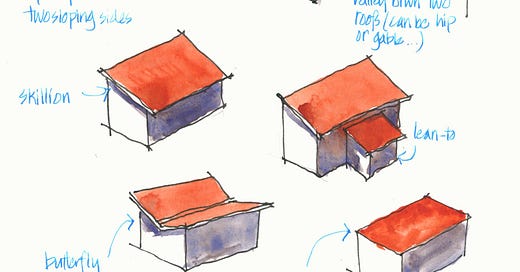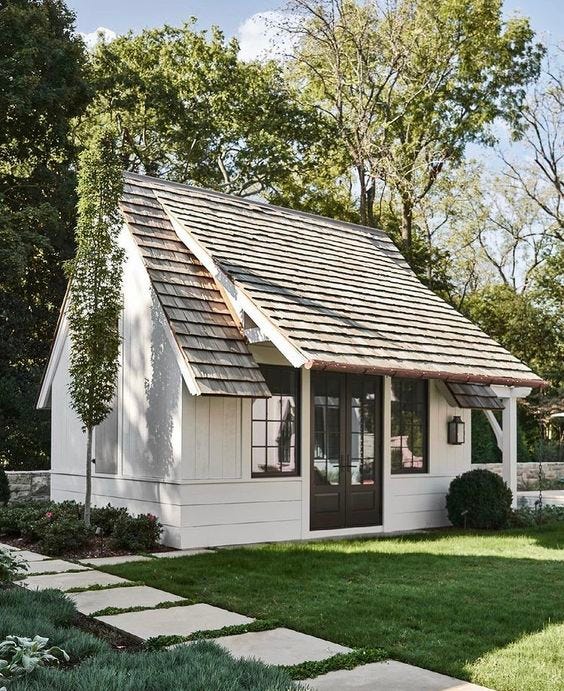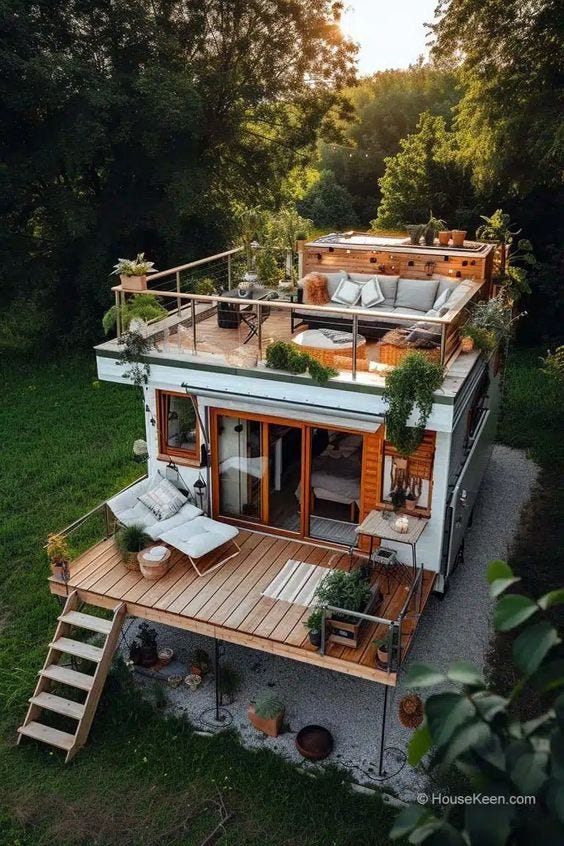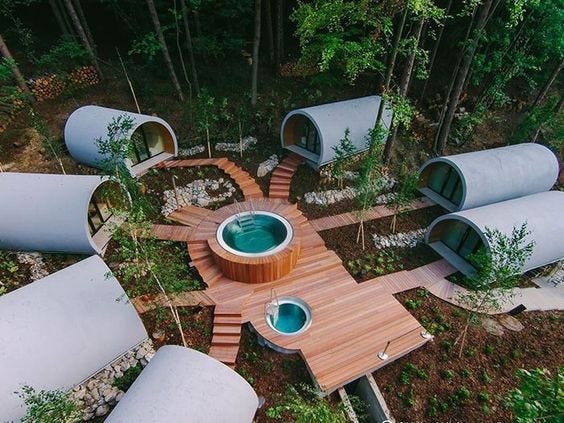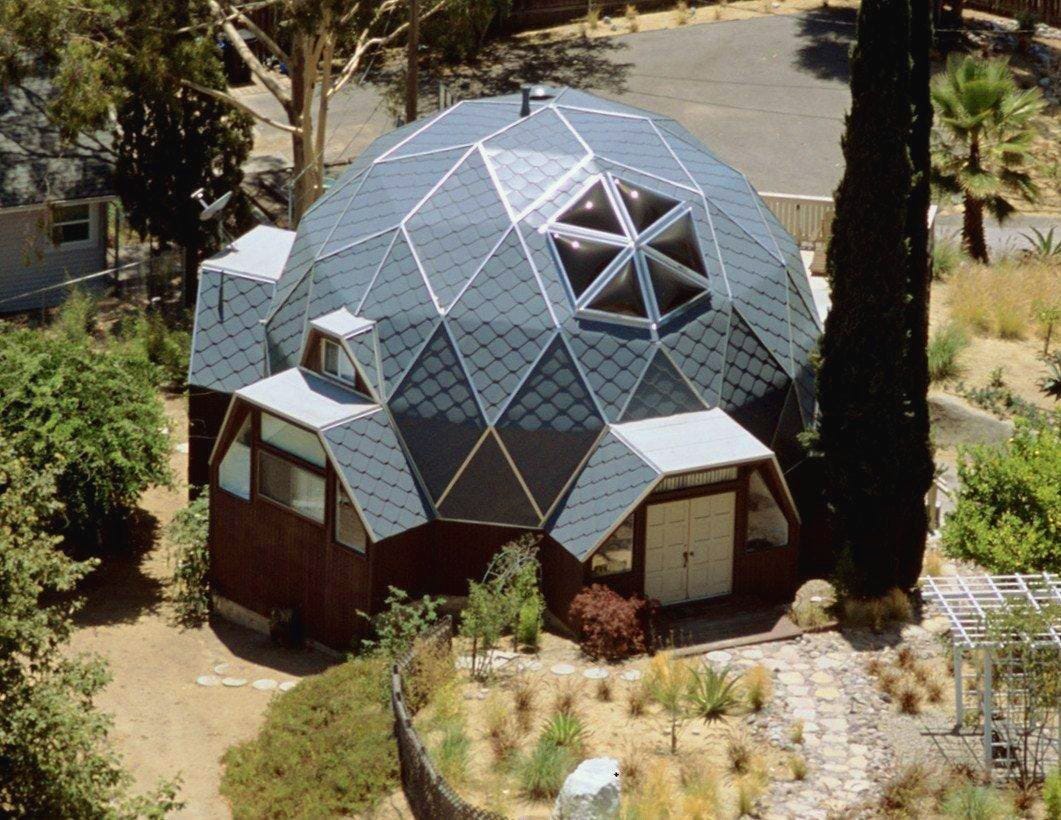Welcome to our roofing guide, where we'll answer your burning questions about residential roofs and help you make informed decisions for your home. Whether you're building from scratch, renovating, or just curious about roofing options, we've got you covered. Let's explore the world of roofs in a way that's both informative and engaging!
Why is the Roof So Important?
Your roof does more than just keep the rain out. It defines your home's silhouette, affects energy efficiency, and plays a crucial role in overall curb appeal. A well-chosen roof can enhance your home's aesthetic, increase its value, and even reflect your personal style. But with so many options out there, how do you choose the right one?
Pitched Roofs: The Timeless Classic
Q: What makes pitched roofs so popular?
Pitched roofs are a staple in residential architecture for several reasons:
Efficiency: Their slope allows for effective water drainage, preventing leaks and structural damage.
Variety: With styles like gable, hip, lean-to, and butterfly, there's a pitched roof for every taste.
Extra Space: Pitched roofs often create additional attic or loft space, which can be used for storage or even extra living areas.
Q: What materials are best for pitched roofs?
Metal: Options like box profile and orientile are durable and sleek.
Clay Tiles: Offer a traditional, timeless look but require a steeper pitch.
Eco-Friendly Options: Upcycled plastic tiles are sustainable and versatile.
Grass Thatch: Perfect for a rustic, cottage feel but needs a steeper angle to prevent moisture build-up.
Q: What are the pros and cons of each style?
Gable Roofs: Simple and effective, great for water drainage, but can be vulnerable to high winds.
Hip Roofs: More stable in windy conditions but more complex and expensive to build.
Lean-To Roofs: Ideal for extensions, but not suitable for large homes.
Butterfly Roofs: Modern and stylish, excellent for rainwater collection, but more challenging to construct.
Flat Roofs: Modern and Multifunctional
Q: Are flat roofs really flat?
Not exactly. They have a slight pitch to allow for water drainage, typically between 6-12mm drop for every 30cm in horizontal distance.
Q: Why are flat roofs becoming popular in homes?
Space Efficiency: Ideal for urban areas where space is limited.
Versatility: Can be used as terraces, green roofs, or simply as a waterproofed space.
Modern Aesthetic: Offers a sleek, contemporary look.
Q: What are the best uses for a flat roof?
Concrete Roofs with Terrace: Create an outdoor living space perfect for relaxing or entertaining.
Green Roofs: Add greenery to your home, improve insulation, and reduce urban heat islands.
Waterproofed Roofs: Simple, functional, and easy to maintain.
Q: What are the maintenance considerations?
Flat roofs require regular maintenance to ensure drainage systems are clear and the waterproofing remains intact. They can be more prone to leaks if not properly maintained.
Vaulted Roofs: Elegance and Openness
Q: What is a vaulted roof?
A vaulted roof features arches and can create a dramatic, open interior space. It's a stunning architectural feature that can make any room feel larger and more impressive.
Q: What are the types of vaulted roofs?
Barrel Vaults: Curved like a barrel, perfect for long, narrow spaces.
Groin Vaults: Formed by intersecting barrel vaults, creating a cross pattern.
Rib Vaults: Feature decorative ribs that add both structure and beauty.
Fan Vaults: Spread out like a fan, often found in Gothic architecture.
Q: What are cathedral ceilings?
Cathedral ceilings are a type of vaulted ceiling where the interior ceiling follows the roofline, creating a high, triangular space. They add grandeur and a sense of openness.
Q: Are vaulted roofs practical?
While stunning, vaulted roofs can be more expensive to construct and heat. They require careful planning and construction but offer unparalleled beauty and a unique sense of space.
Domed Roofs: Unique and Visually Striking
Q: What is a domed roof?
A domed roof resembles the upper half of a sphere and is known for its strength and aesthetic appeal. It's an architectural statement that can make any building stand out.
Q: What materials can be used for domed roofs?
Stone: Traditional and durable, often seen in historic buildings.
Plastic: Lightweight and versatile, great for modern designs.
Brick and Concrete: Offer durability and a solid feel.
Q: Why choose a domed roof?
Aesthetic Appeal: Domes are visually striking and can be a focal point.
Strength: The shape distributes weight evenly, making it extremely robust.
Interior Space: Creates an open, column-free interior that's flexible for various uses.
Q: Are there any downsides?
Domed roofs can be complex and expensive to build. They require skilled labor and careful engineering but offer a unique and stunning result.
Making the Right Choice for Your Home
Choosing the right roof involves balancing aesthetics, functionality, budget, and personal preference. Consider the climate, your home's architectural style, and long-term maintenance when making your decision.
Have Questions?
If you still have questions about roofing options or need advice tailored to your specific situation, feel free to reach out in the comments below or contact us directly. We're here to help you create the perfect roof for your dream home.
Subscribe to our newsletter for more insights into home design and architecture. Follow us on social media for daily tips and inspiration. Happy roofing!

